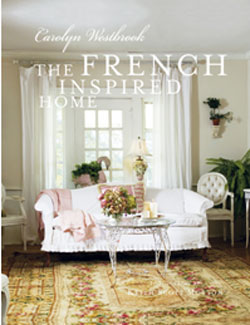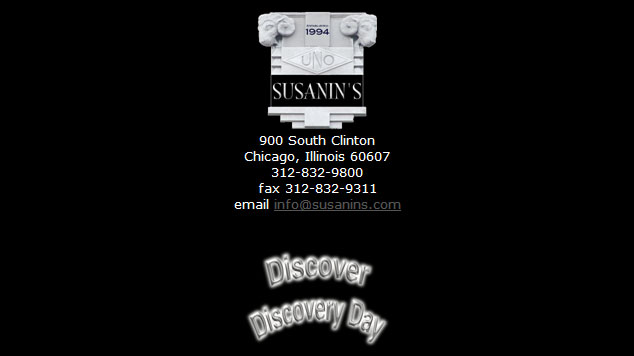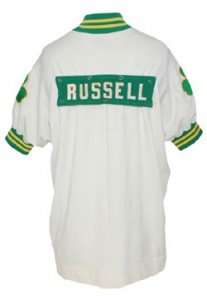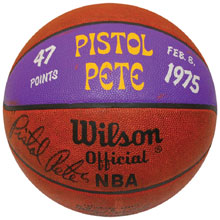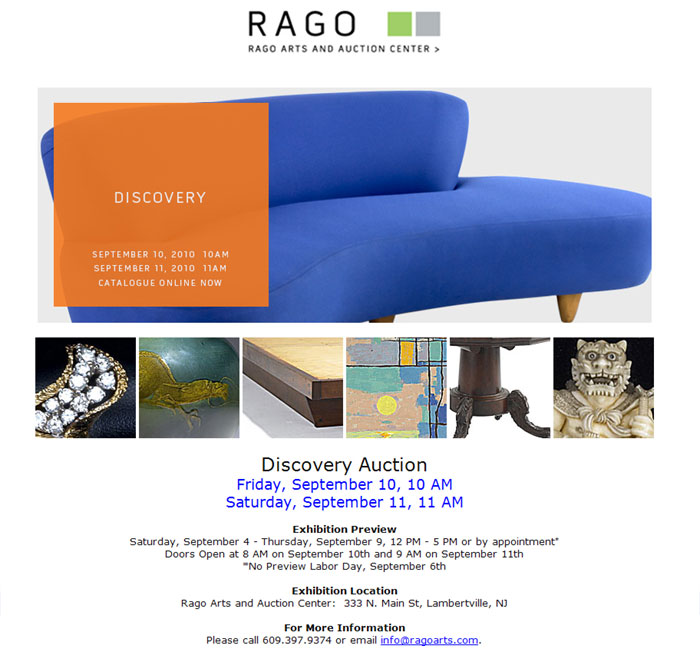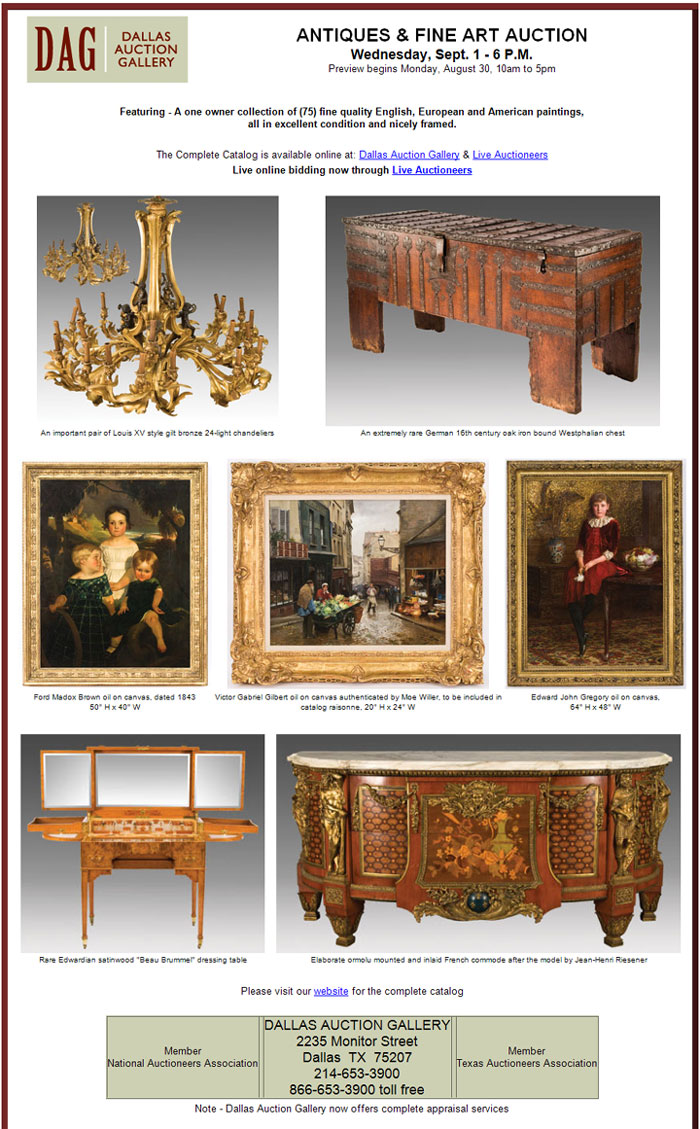What is Mid-Century Modern?
August 24th, 2010 by admin
“Mid-century modern” describes an era in the history of design that began around 1945 and ended in the late sixties. Before WWII, popular architectural and furniture styles emphasized handcraftsmanship, ornate detail, and traditional materials like darker and heavier woods. But the visual art world (painting and sculpture) had been influenced just a few decades earlier by a movement called “modernism”, a visual emphasis on clean lines, contrast, elevation, and innovation in style and form. After the war, modernism began to influence lifestyle-related art forms as well, specifically architecture and furniture design.
Suburban living and economic prosperity began to expand during this time, and with these changes came a demand for mass produced, affordable furniture that could offer both beauty and function. Home décor reflected a common desire to move beyond painful memories of the war and focus on innovation and the future. Also, war-inspired advances in the aircraft industry made new manufacturing techniques and materials possible, like plastics and pressed molded wood.
Mid- century modern furniture styles were lightweight, affordable, clean-lined, and visually simple, and they made use of materials rarely before seen in furniture design, such as steel and acrylic.
Famous mid-century modern furniture designers include Charles and Ray Eames, Eileen Gray, George Nelson, Lilly Reich, and Isamu Noguchi. Famous manufactures such as Herman Miller and Vitra made names for themselves by building and selling the work of these designers.
Danish Modern Furniture
Many aspects of midcentury modern furniture design reflected an interest in organic, natural shapes that harmonized with the environment. In Scandinavian countries, this preference had already taken hold by the 1940’s. Danish and Swedish designers, inspired by long cold winters and a corresponding attraction to light, clean, warm shapes and natural materials like blond-colored wood, began to spread their influence across Europe and America.
Denmark had in turn been inspired by Japan; A relaxation of Japan’s isolationist policies allowed the elegant simplicity of Japanese style to flood into Scandinavia and lend additional polish to the simple and increasingly popular beauty of Danish design.
Two names of note in Danish modern design are Hans Wegner and Ingvar Kamprad. Wegner designed the iconic Danish modern piece known as the “Round Chair”, which was later used by Nixon and Kennedy in 1960 during the first nationally televised presidential debate. And Ingvar Kamprad founded the Ikea company in the 1940’s, which has been producing economically accessible Danish modern furniture since that time, though it’s only recently become a household name.
Vintage and Retro Furniture
By the late 1960’s, the passion for Danish modern and mid-century modern furniture design had more or less cooled. A fever for ultra-simple lightweight styles, space-age materials, and simple blocks of color had given way to the heavier structures of the 1970’s and 80’s. But a mid-century modern revival is currently well underway, and the retro appeal of a Herman Miller Eames Lounge Chair, an Eileen Grey side table or an Isamu Noguchi coffee table now seems to be hotter than ever.
Vintage tastes have also been fueled by 1950’s decor on the sets of TV shows like Mad Men, and by a corresponding surge of interest in vintage 1950’s clothing and houseware styles.
It’s worth noting that while the shapes and color schemes of mid-century modern furniture have made a comeback, the manufacturing methods have not— Companies like Herman Miller are now making active efforts to create the old designs with updated, environmentally safer, and more sustainable materials.
By Erin Sweeney
For Antiques.com

